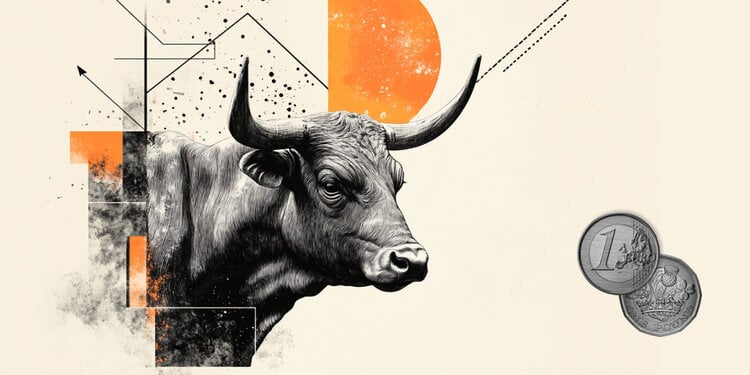Astronomers have announced the discovery of the most distant black hole from Earth. It was identified from combined data from the Chandra x-ray observatory and NASA’s James Webb space telescope.
A black hole is a region of space where the gravitational field is so intense that not even light can escape from it. Intense gravity compresses matter until there is no more space between atoms.
Using the James Webb telescope, astronomers found the host galaxy, located approximately 13.2 billion light-years away from Earth, and with Chandra they identified the supermassive black hole, which has a mass equal to that of its galaxy. The discovery was released on Monday (6).
The galaxy, named UHZ1, formed approximately 470 million years after the Big Bang. Researchers believe the supermassive black hole was composed from a cloud of gas and dust and grew until it became as massive as all the stars in its host galaxy. It has an estimated mass of between 10 and 100 million suns.
This object will continue to be studied so that researchers try to understand how supermassive black holes can reach colossal masses so soon after the Big Bang. There are two main hypotheses: they formed from the collapse of dead stars and grew until they became supermassive, or they arose directly from the collapse of giant clouds of gas and dust.
The discovery resulted in two articles, one of them published in the journal Astrophysical Journal Letters and another that will still be published in the magazine Nature Astronomybut it is already available in preview version on the website AirXiv.
“There are physical limits to how quickly black holes can grow once they are formed, but those that are born with greater mass have a head start. It’s like planting a seedling, which takes less time to grow into a full-size tree than if you just started with a seed,” said scientist and researcher Andy Goulding, from Princeton University (USA), co-author of the study. from Nature Astronomy and lead author of the article in The Astrophysical Journal Letters.
Source: CNN Brasil
Charles Grill is a tech-savvy writer with over 3 years of experience in the field. He writes on a variety of technology-related topics and has a strong focus on the latest advancements in the industry. He is connected with several online news websites and is currently contributing to a technology-focused platform.







